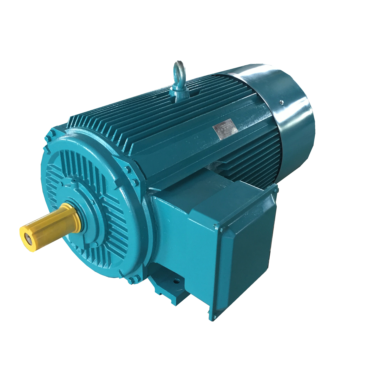
The arrival of the low-carbon economy brings growth opportunities for permanent magnet motors. Ultra-efficient permanent magnet motors and speed-regulated high-efficiency permanent magnet motors play a major role in energy conservation and emission reduction. Permanent magnet motors for electric vehicles and permanent magnet motors for rail transit have become another focus of industry development in terms of alternative energy. AC permanent magnet servo motors and special permanent magnet motors play an important role in the process of informatization. With the adjustment of demand structure, permanent magnet motors used in the field of energy conservation and environmental protection will see substantial growth.
With the improvement of the performance of permanent magnet materials, the improvement of processing technology and the development of modern control technology, permanent magnet motors have shown strong vitality in various fields such as industrial and agricultural production, household appliances, medical equipment, aerospace, navigation, and military industry. . Permanent magnet motors are gradually developing to a higher level. The small outer diameter is only 0.8mm and the length is 1.2mm. The large outer diameter can be 12m, dozens of MW (wind power, ships, etc.). A single unit weighs more than 100 tons. The low speed is only 0.2r/h, and the high speed is only 0.2r/h. Hundreds of thousands of r/min. The structure is no longer limited to the traditional structure, such as transverse flux, axial flux, linear, double stator, double rotor, etc., and the output will also see a big leap.
According to statistics from the International Electrotechnical Commission (IEC), industrial motors consume 30% to 40% of the world's electricity generation. Improving the efficiency of the entire drive system and application technology is of great importance to energy conservation. The total energy saving potential of system optimization can reach 30% to 60%. %. According to the International Energy Agency (IEA) work report, approximately 7% of electric energy can be saved by improving motor efficiency combined with variable frequency speed regulation, of which roughly 1/4 to 1/3 is obtained by improving motor efficiency. At present, the United States, Europe, Japan, Australia, Brazil and other countries have formulated motor efficiency limits and enforced them.
Summarizing my country's experience in R&D and production of high-efficiency permanent magnet motors, it can be concluded that permanent magnet motors are easy to achieve high efficiency, that is, reaching IE2 level efficiency values; further optimizing the design, using high-performance silicon steel sheets and advanced technology, can reduce the frame size by one Or when the iron core is shortened, super efficiency can be achieved, that is, an efficiency value of IE3 level. Without reducing the frame size or appropriately increasing the iron core, some specifications may reach ultra-super high efficiency, that is, IE4 level efficiency value.
Since users require earth permanent magnet motors to achieve high power density, high efficiency, high dynamic response, low speed stability, and low vibration and noise, the electromagnetic load of the motor is high, the structure is novel and diverse, and the design analysis, simulation calculation, and research and development are increased. complexity. There are many different types of multi-field coupling systems in motors, involving electromagnetic, mechanical, electronic, fluid, thermal and other disciplines, and they interact with each other. It is necessary to better use and develop multi-field coupling systems in the research and development process. , to understand the distribution rules of various fields and their control techniques. On this basis, various parameters are comprehensively analyzed, compared and optimized.



















